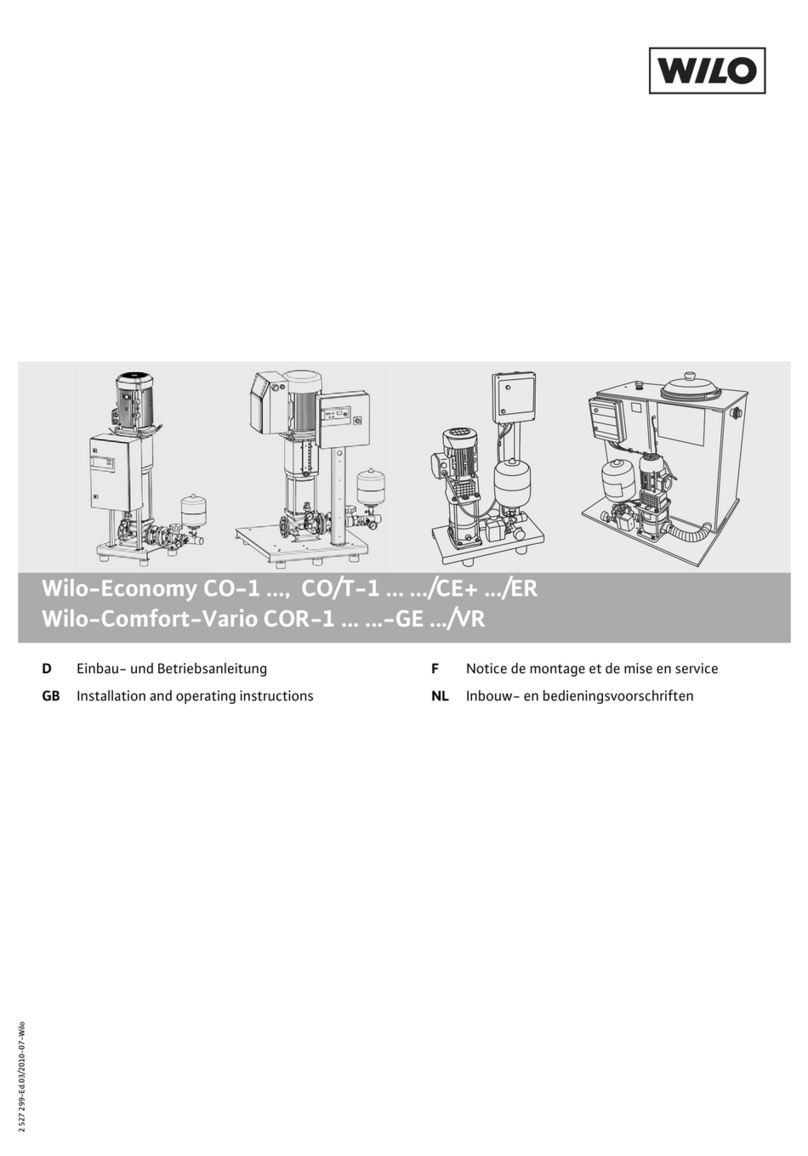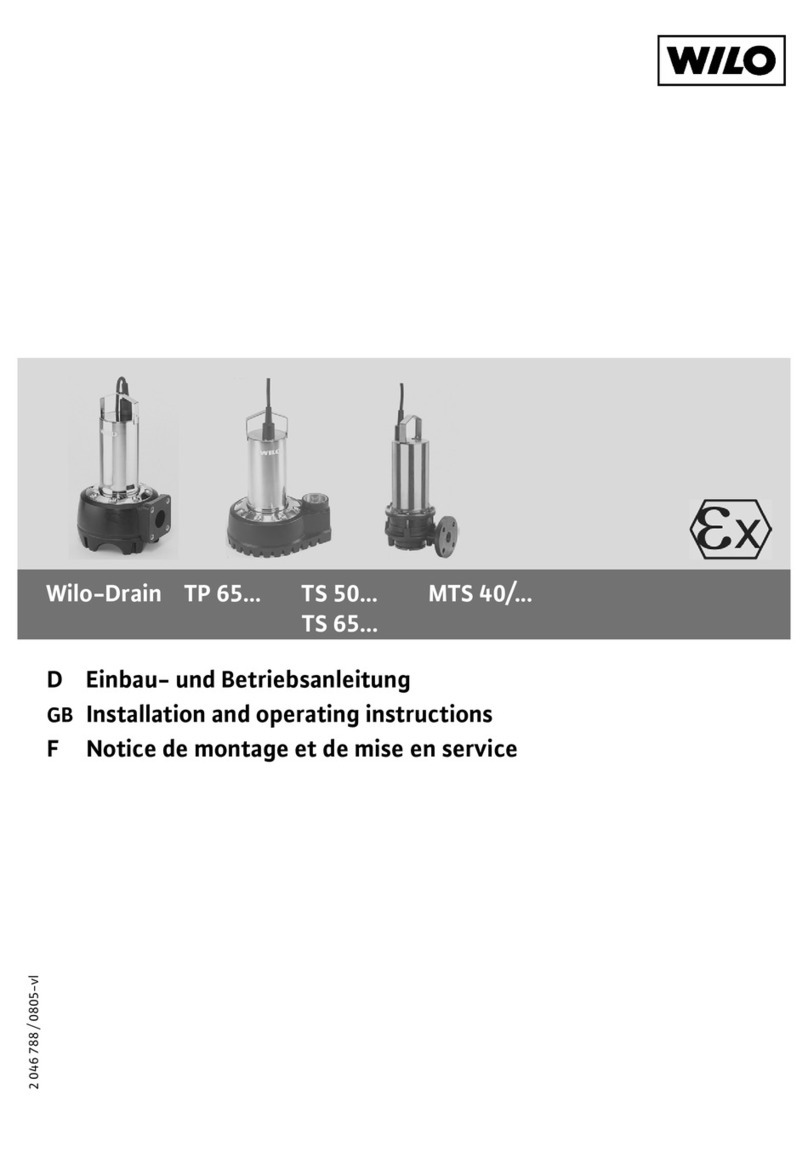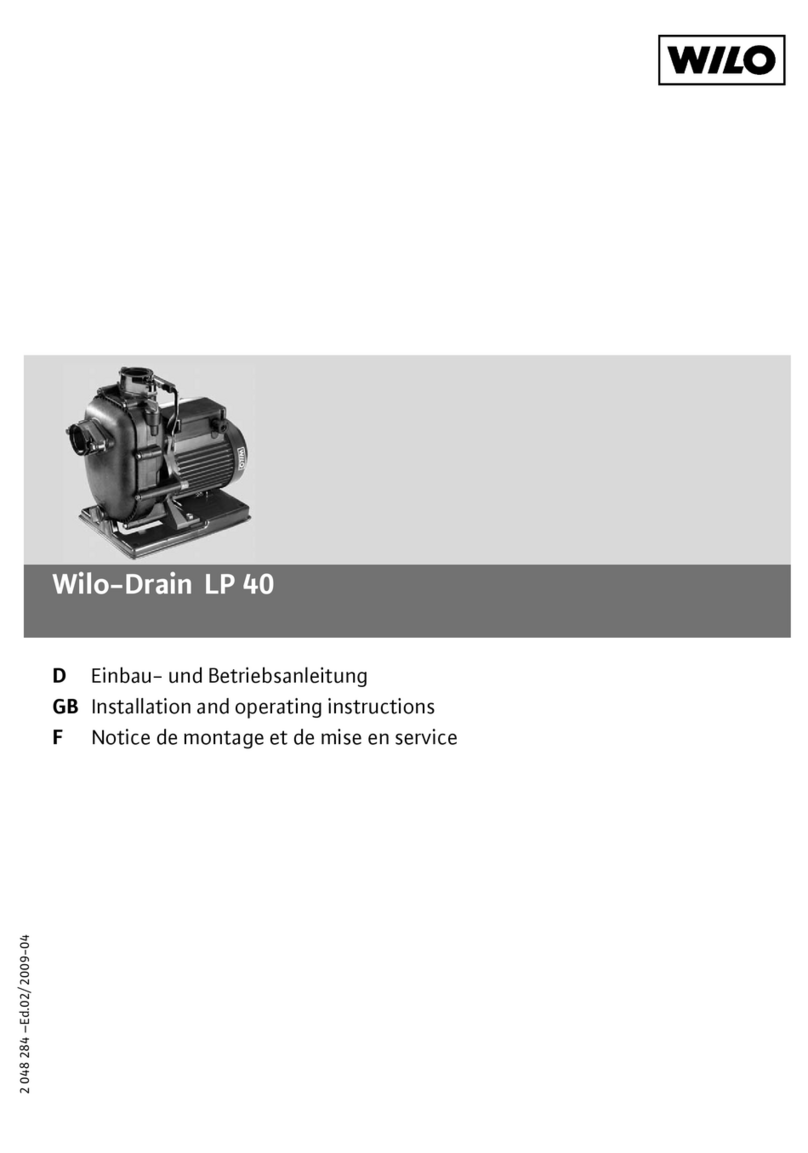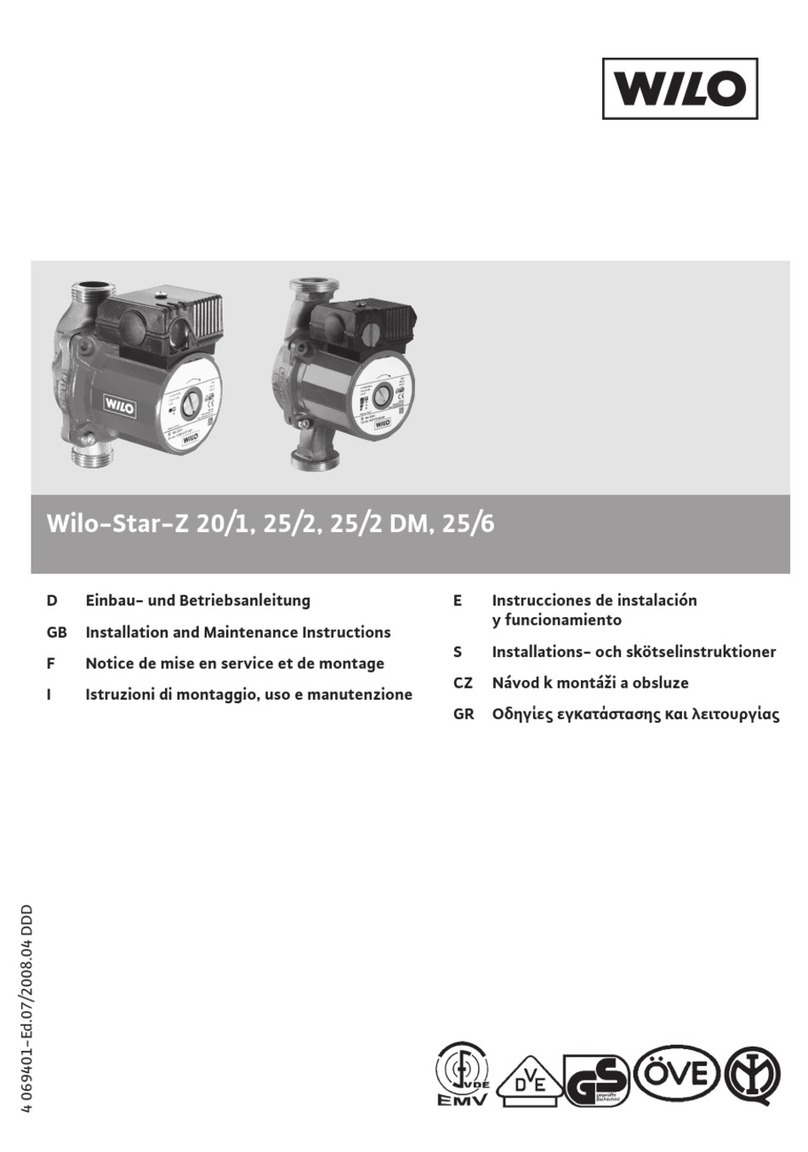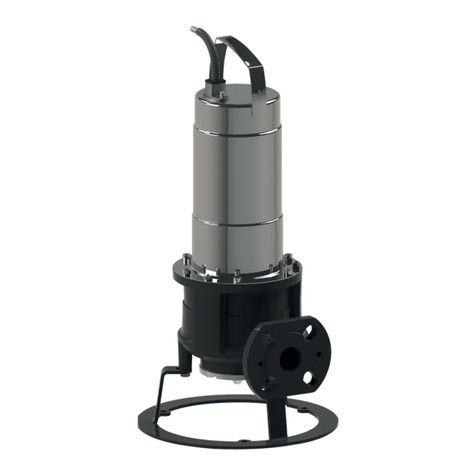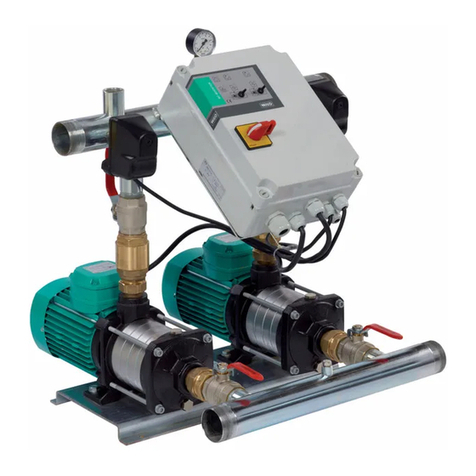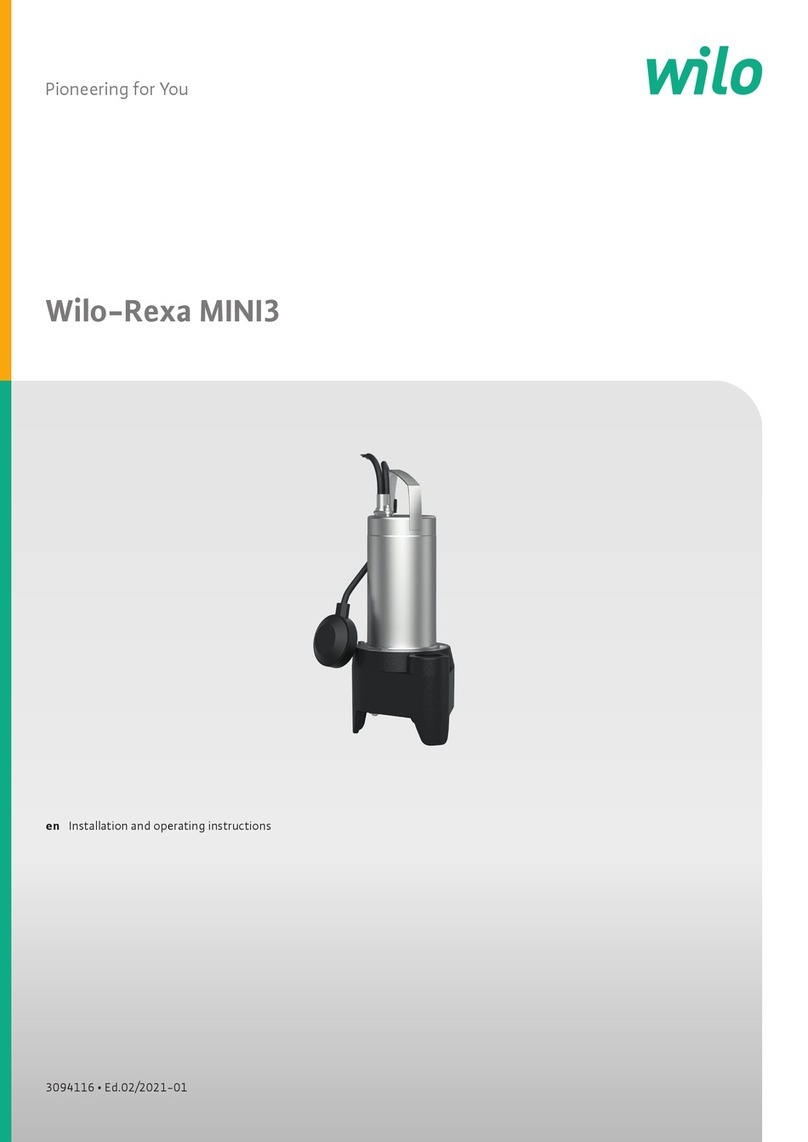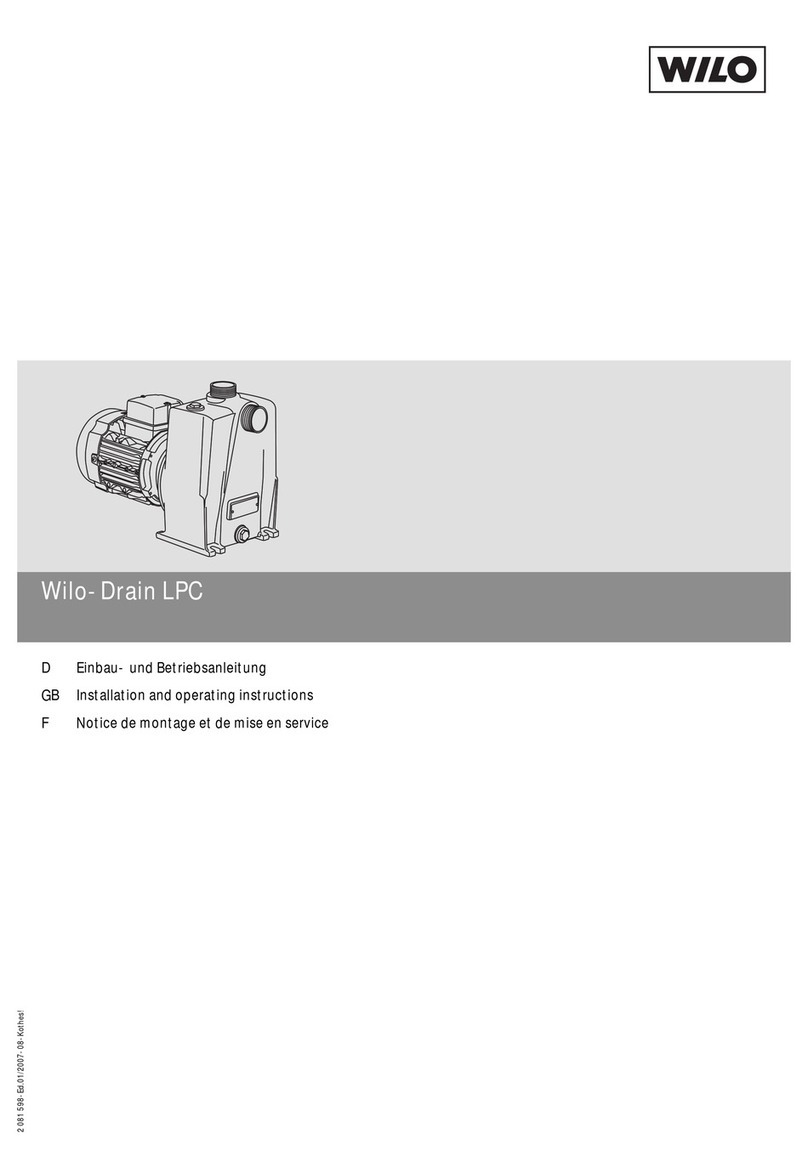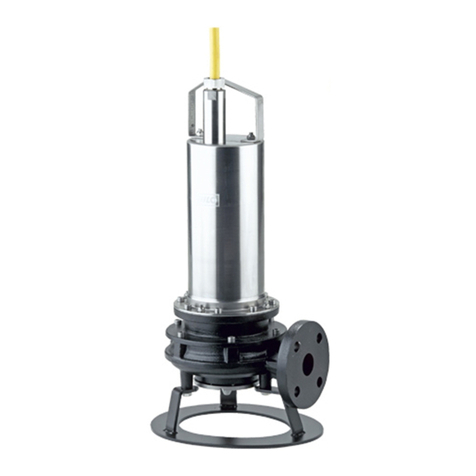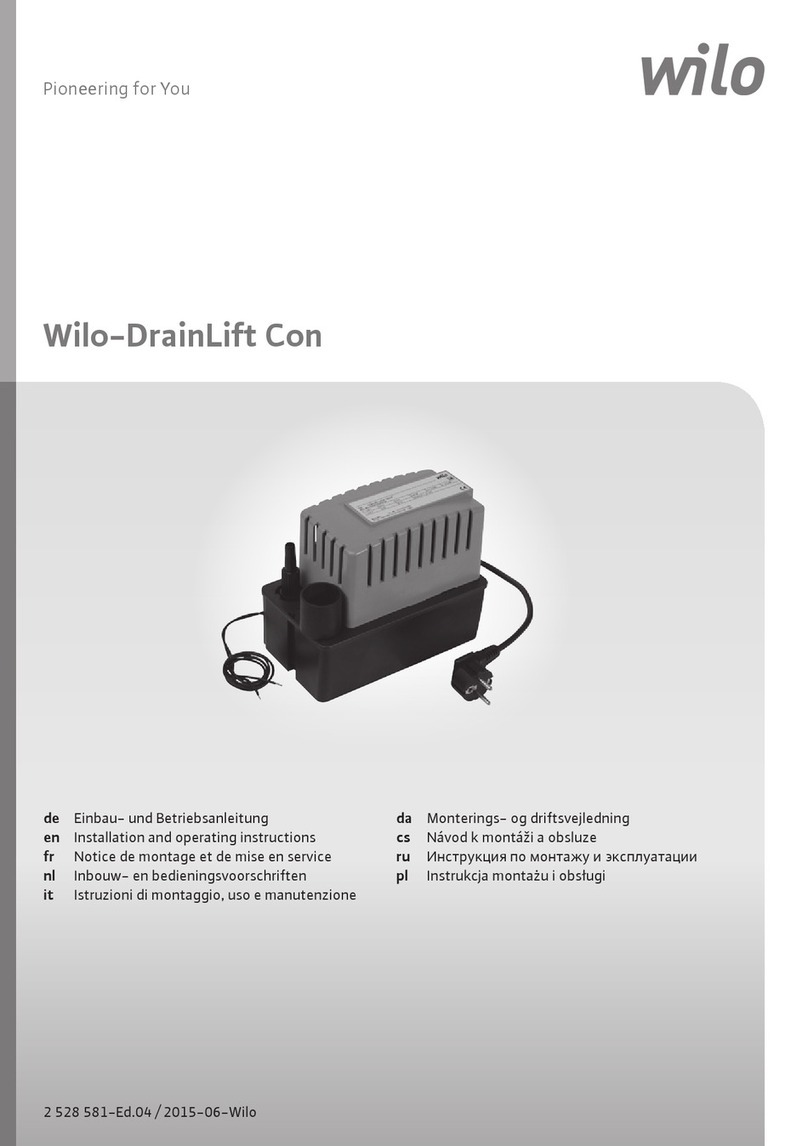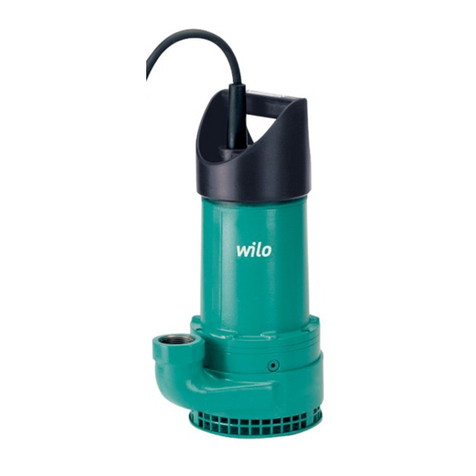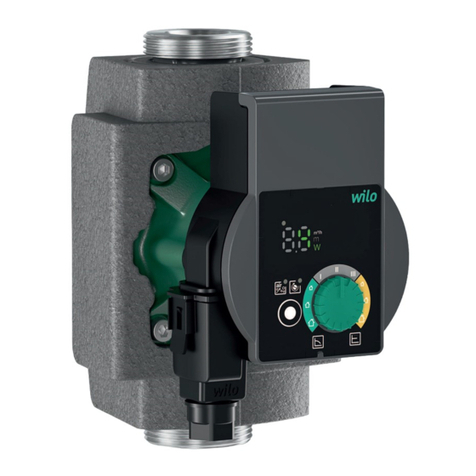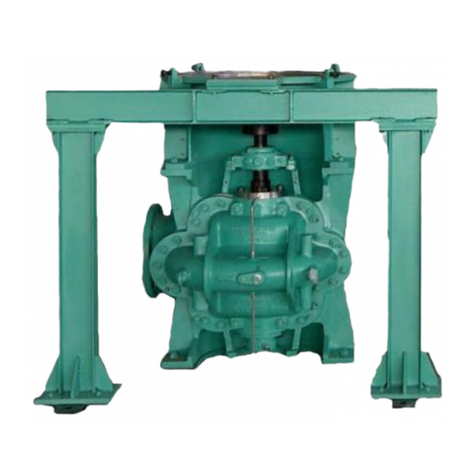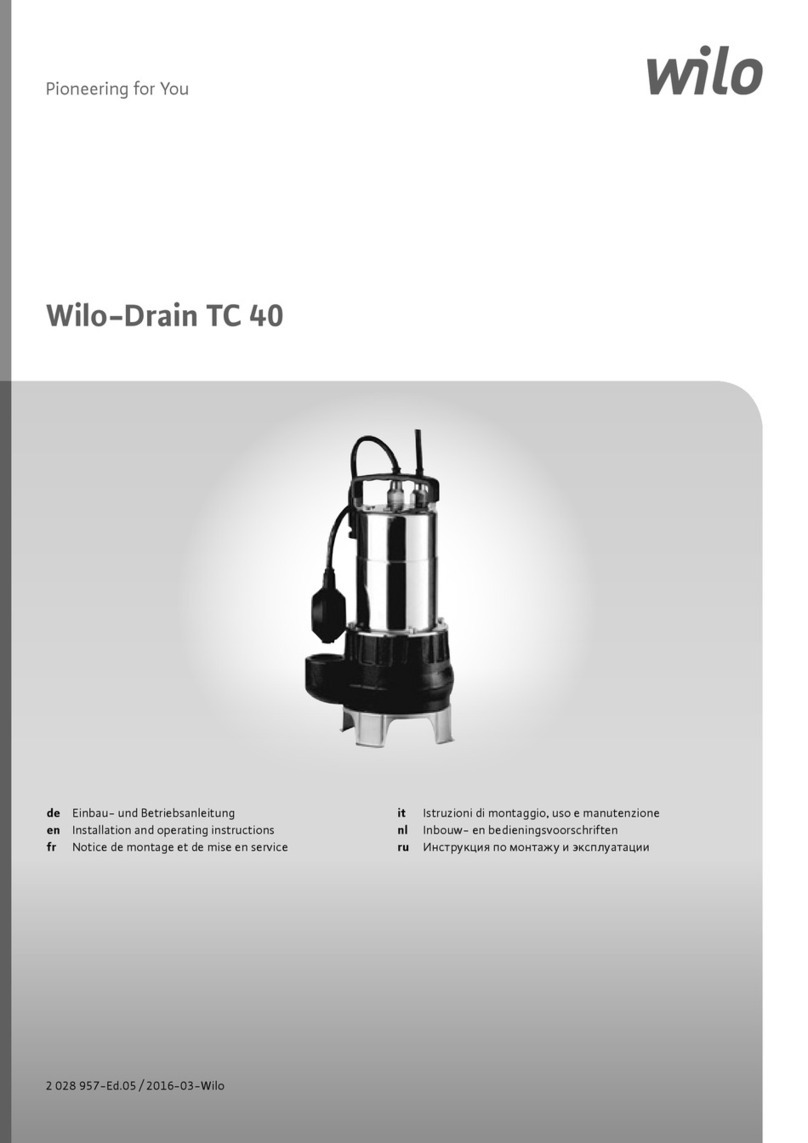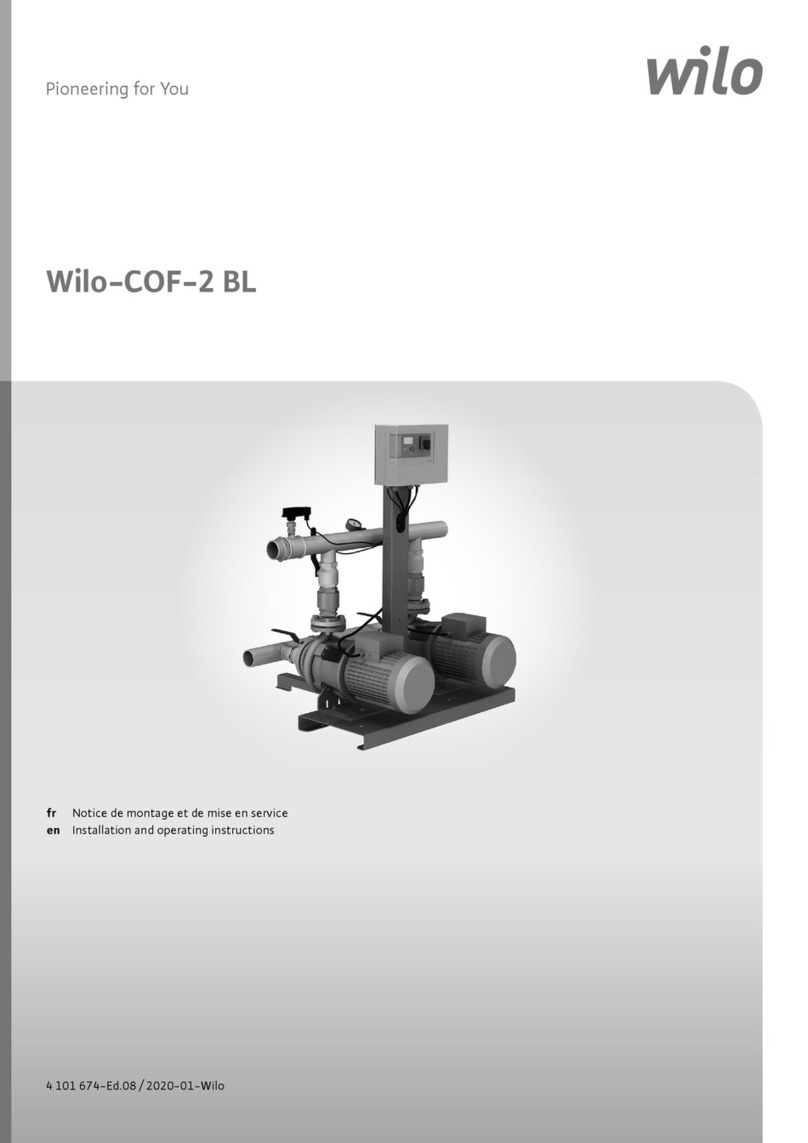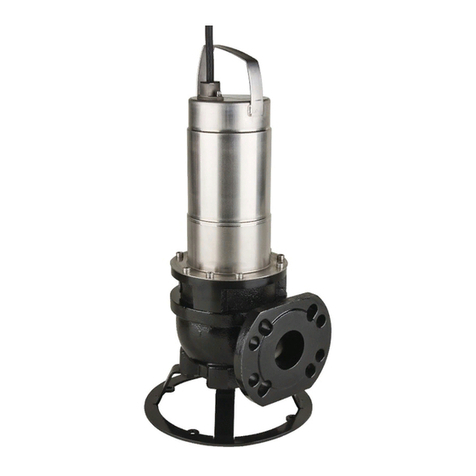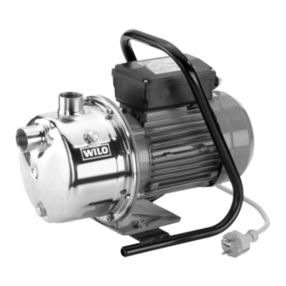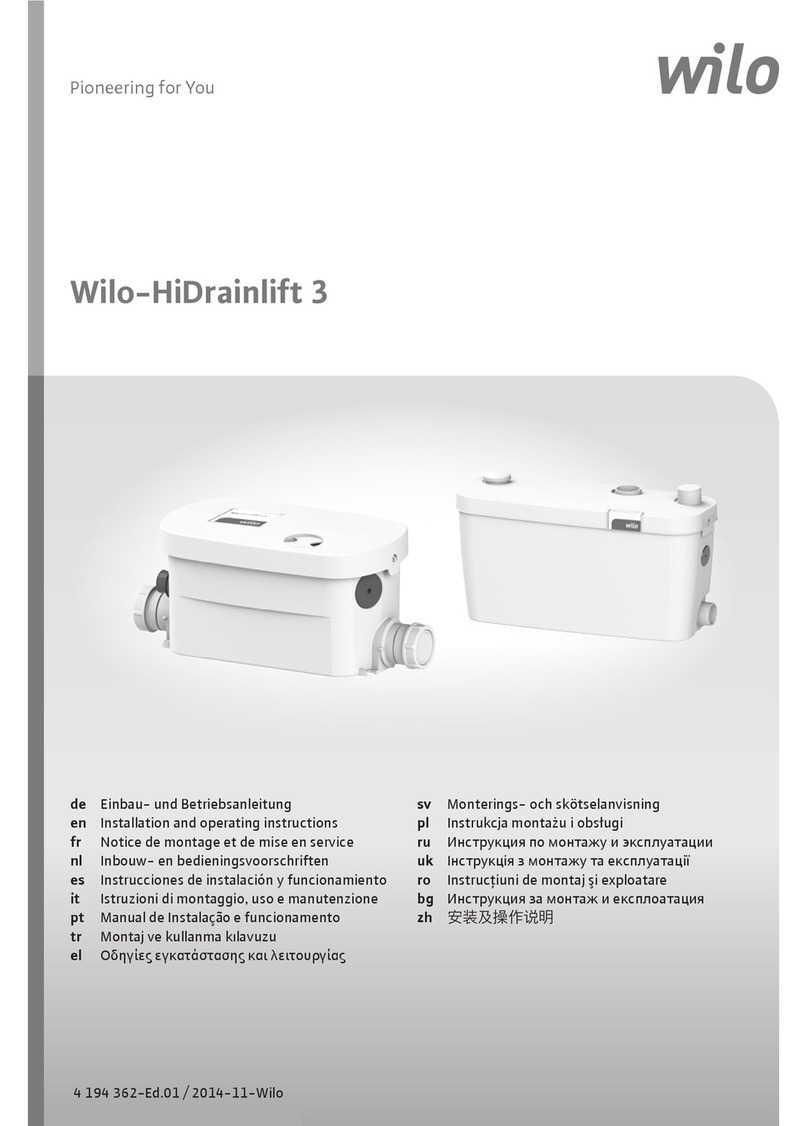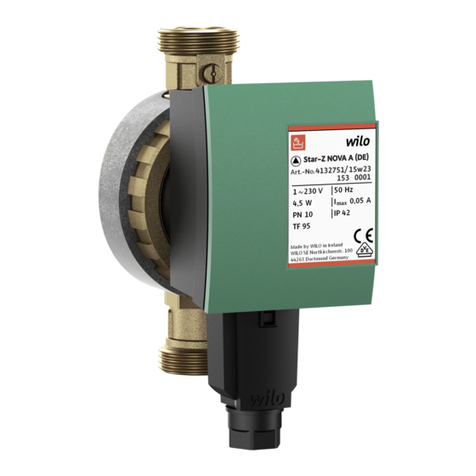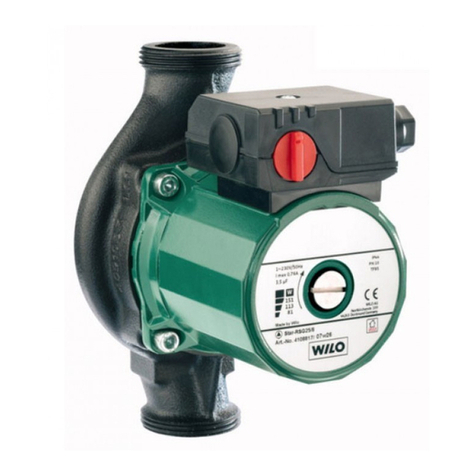
English
Installation and maintenance instructions Wilo-Horizontal pumps NPG
1 Introduction and Safety
1.1 General
These instructions must always be kept close to
the product's operating location or directly with
the product.
These instructions are intended to facilitate fami-
liarization with the product and its permitted use.
Operating the product in compliance with these
instructions is important to help ensure reliability
in service and avoid risks. The instructions may not
take into account local regulations; ensure such
regulations are observed by all, including those
installing the product. Always coordinate repair
activity with operations personnel, and follow all
plant safety requirements and applicable safety
and health laws and regulations.
These instructions should be read prior to
installing, operating, using and maintaining the
equipment in any region worldwide. The equip-
ment must not be put into service until all the
conditions relating to safety noted in the
instructions, have been met.
1.2 CE marking and approvals
It is a legal requirement that machinery and equip-
ment put into service within certain regions of the
world shall conform with the applicable
CE Marking Directives covering Machinery and,
where applicable, Low Voltage Equipment, Elec-
tromagnetic Compatibility (EMC), Pressure Equip-
ment Directive (PED).
Where applicable the Directives and any additional
Approvals cover important safety aspects relating
to machinery and equipment and the satisfactory
provision of technical documents and safety
instructions. Where applicable this document
incorporates information relevant to these Direc-
tives and Approvals.
To confirm the Approvals applying and if the pro-
duct is CE marked, check the serial number plate
markings and the Certification. (See section 9,
Certification.)
1.3 Disclaimer
Information in these User Instructions is belie-
ved to be reliable. In spite of all the efforts to
provide sound and all necessary information the
content of this manual may appear insufficient
and we don’t guarantee as to its completeness
or accuracy.
We manufacture products to exacting Internatio-
nal Quality Management System Standards as cer-
tified and audited by external Quality Assurance
organizations. Genuine parts and accessories have
been designed, tested and incorporated into the
products to help ensure their continued product
quality and performance in use.
Damage or failure caused by misuse is not covered
by the warranty. In addition, any modification of
products or removal of original components may
impair the safety of these products in their use.
1.4 Copyright
All rights reserved. No part of these instructions
may be reproduced, stored in a retrieval system or
transmitted in any form or by any means without
prior permission.
1.5 Duty conditions
The product must not be operated beyond the
parameters specified for the application. If there
is any doubt as to the suitability of the product
for the application intended, contact us for
advice, quoting the serial number.
If the conditions of service on your purchase order
are going to be changed (for example liquid pum-
ped, temperature or duty) it is requested that the
user seeks the written agreement of the company
before start up.
1.6 Safety
1.6.1 Summary of safety markings
These User Instructions contain specific safety
markings where non-observance of an instruction
would cause hazards. The specific safety markings
are:
This symbol indicates electrical safety instructions
where non-compliance will involve a high risk to
personal safety or the loss of life.
This symbol indicates safety instructions where
non-compliance would affect personal safety and
could result in loss of life.
This symbol indicates “hazardous and toxic fluid”
safety instructions where non-compliance would
affect personal safety and could result in loss of
life.
1.6.2 Personnel qualification and training
All personnel involved in the operation, installa-
tion, inspection and maintenance of the unit must
be qualified to carry out the work involved. If the
personnel in question do not already possess the
necessary knowledge and skill, appropriate trai-
ning and instruction must be provided.
This symbol indicates safety instructions
where non-compliance will involve some
risk to safe operation and personal safety
and would damage the equipment or pro-
perty.
This sign is not a safety symbol but indica-
tes an important instruction in the assem-
bly process.
CAUTION!
NOTE:
